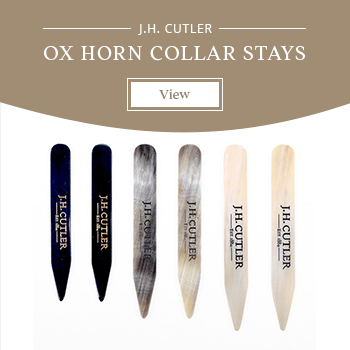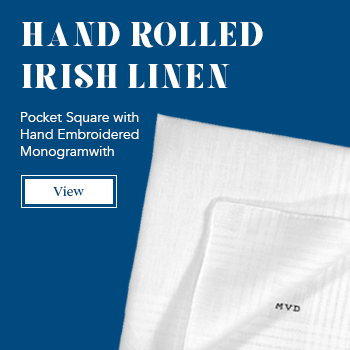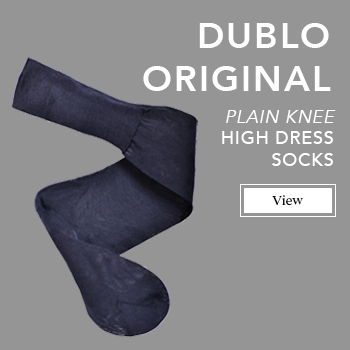Vicuña Bespoke Overcoat – Ultimate Expression of a Bespoke Tailor’s Art
The ultimate expression of the bespoke tailor’s art
Using only the very finest of materials from around the world including vicuna the world’s most expensive fabric, the highest levels of workmanship, and with every stage executed entirely by hand.
The Coat Route: Luxury & Obsession on the Trail of a $50,000 Coat, written by the American author Meg Lukens Noonan, covers the making of this overcoat, the materials we used and the craftsmen and women who made this whole project possible.
The Process
As with all bespoke suits and clothing it was important that John developed a clear understanding of the needs and taste of his client, an international businessman. The final design reflects his request for a “relaxed” style suitable for regular wear on his frequent trips to North America where the winters are considerably colder than those experienced in his hometown of Sydney.
Being an existing client of longstanding John already had all his key measurements on file. However, John rechecked these, and subtleties of balance and stance were also noted to assist in determining how the cloth should be shaped to best enhance his client’s features. Special requirements with regard to pockets, lining and the like were also discussed and agreed.
Using the measurements and notes, John, drawing on all his experience and creativity as a tailor in Sydney, next translated the information into a working pattern. It was a crucial stage as a well-drafted pattern was absolutely essential to ensure that a garment of the absolutely highest quality emerged at the end of the process.
Using the aforementioned pattern as a template John next marked out the vicuna cloth. Then, running the razor sharp blades of his tailor’s shears through his own hair for that fine mist of natural oil that helps the blades slice more smoothly through the fabric; John cut the garment from the 2.8 meters of dark blue Vicuna fabric.
The making of the overcoat was entrusted to Leng Ngo and Genaro Scura, two of John’s most trusted lieutenants. It was a process that took three weeks and involved immense skill, patience and painstaking attention to detail.
The first task was an initial assembly held together by basting stitches. The woollen canvas, haircloth, selecia and cotton wadding were assembled to provide a structural framework over which the vicuna fabric was carefully stitched prior to the first fitting.
An appointment was then made with the client who had his first sight of the new garment, admittedly in its very early stages. Careful note was made of overall and sleeve length, shoulder width, how the coat hung and its roominess to ensure that it met the specific brief of the client.
Following completion of the fitting the coat was disassembled pressed and re-marked before being sent back to the workroom to prepare the garment for a second fitting.
Leng and Genaro relished the freedom they were given to complete every piece of work by hand. Unfettered by time constraints, their challenge was simply to produce the very best work of which they were capable.
The pockets were constructed; the lining cut and stitched into place, the facing attached and the sleeves progressed before the coat was once more put together for a second fitting.
A second fitting having been completed, the garment was re-marked to enable fine-tuning of the various elements of construction.
The finishing touches were then made. The collar was hand shaped using a heavy iron to stretch and shrink the vicuna fabric so creating a rounded fit without bubbling. Buttonholes were hand sewn; buffalo horn buttons attached using beeswaxed four-cord and the 18 carat gold chain and plaque sewn in place. There followed a final pressing of the finished garment in readiness for collection by the client.
In all the process, with every element completed entirely by hand, took three times as long as it normally takes to produce a bespoke overcoat. However, the end result, an overcoat without parallel in terms of quality of material or craftsmanship, made the many hours of work more than worthwhile.
The Trimmings / The Gold Plaque
John Cutler lavished the same amount of care and attention to detail in his choice of trimmings as he had on selecting the vicuna fabric itself. Whilst some elements would never be seen, each had an important role to play in ensuring the garment was of the absolutely highest quality.
All were sourced from trimming houses in Milan and London, including a medium weight woollen body canvas, a very springy horsehair chest piece, a fine soft cotton selicia, wadding made from pure cotton, and the very best pure silk satin lining, the quality of which is rarely seen in any tailored garment.
Pure silk threads of various gauges were selected, all of which would be run through beeswax prior to use, to give added strength and help prevent knotting.
Finally the correct sizes of buffalo horn buttons were selected from a range offered by a premier London supplier to complement the dark blue of the vicuna fabric.
The Gold Plaque & Chain
Both were made especially for the vicuna overcoat in 18-carat yellow gold. Working to a brief from John Cutler they were designed by Master Hand Engraver John Thompson, who also hand engraved the detail using traditional tools, which he made when he was an apprentice in England in the 1960s.
J.H. CUTLER EST 1884
With a wealth of knowledge and expertise from four generations of genuine bespoke tailoring, we create timeless sartorial goods that are exclusively hand-made for each individual customer, with the finest artisanal craftsmanship.





